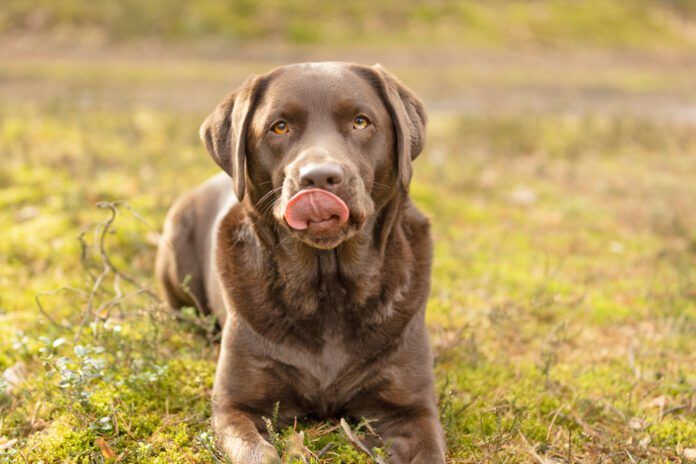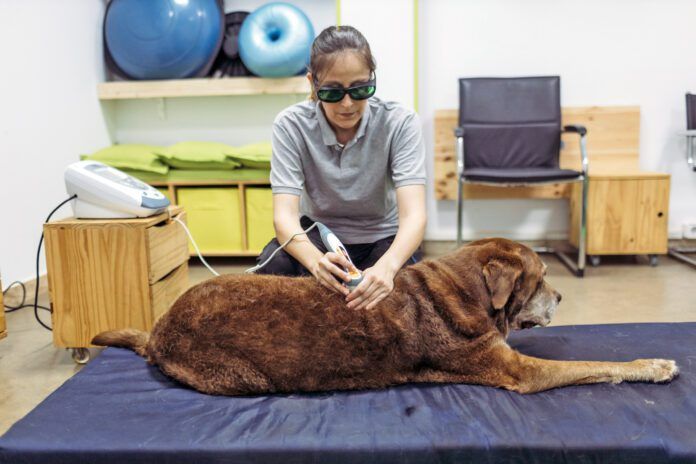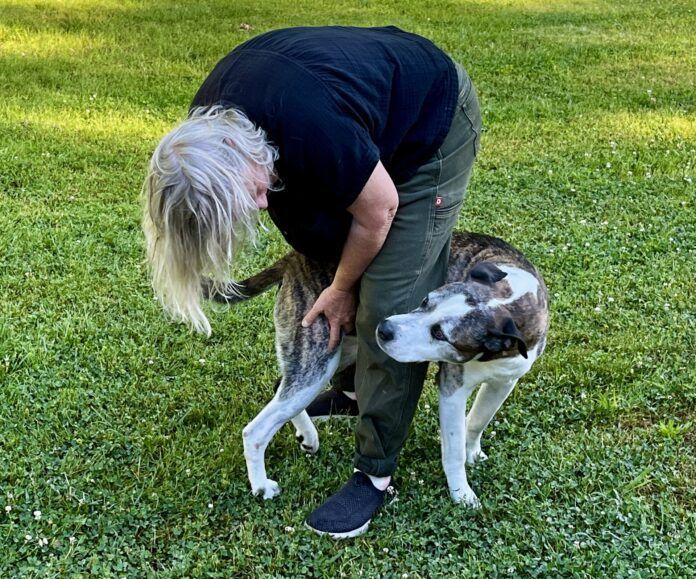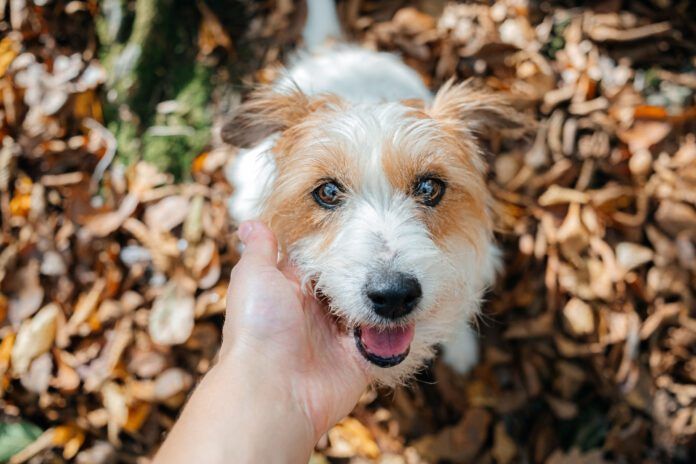You notice a new lump on your dog’s skin. First, check carefully to be sure it is not a tick. If not, it’s natural to ask if it’s skin cancer. While 80% of skin growths on dogs are benign, often just sebaceous cysts or other innocuous growths, skin cancer does occur. Even if they are skin cancers, many will be benign, and/or treatable with surgery. The sooner you get a diagnosis, the better the prognosis for your dog.
Cancerous growths can vary in color, from black to red to light gray and colors between. They are usually raised and may be irritated. If you see a lump on your dog, take a picture of it and document the discovery with the date and a description of the growth. Any growth, or tumor, needs to be followed-up.
The wisest course of action is to have your veterinarian examine the growth. If it is a cancer, sooner is always better than later in detection. Skin cancer is serious, and time is critical to a cure.
Common Dog Skin Cancers
Mast cell tumors are the most common type of skin cancer in dogs. The initial growths tend to be raised and often round. The primary cells are mast cells, which are known for releasing histamine, a reactive chemical. These growths tend to show up on your dog’s limbs, abdomen, and body wall.
If irritated, such as by you rubbing on it, a mast cell tumor can expand almost before your eyes. It gets red, inflamed, and warm to the touch from the histamine release. Your dog may itch and chew at the growth or show stomach upset (again due to the histamine release).
Mature dogs, say 8 to 10 years of age, are the most commonly affected. Breeds at the highest risk include Boxers, Pugs, Rhodesian Ridgebacks, and Boston Terriers, although any dog can have one.
Surgery can be curative with wide margins, and these cancers are usually susceptible to radiation as well. Mast cells tumors have a nasty habit of recurring, sometimes in new locations.
Growth on a Young Dog
A growth that can appear similar to a mast cell tumor is a histiocytoma or button tumor. These are discrete, round, red tumors that are generally found on young dogs (not to be confused with malignant histiocytosis, a rare but aggressive cancer in dogs). Histiocytomas often appear on ears or the muzzle. With time, many of these will spontaneously regress, but if you are concerned, surgery is curative.
Melanoma in Dogs
Melanomas are another common skin cancer. These growths may or may not be pigmented. They are often located on the nail bed or toes, in the mouth or on the lips. While some are benign, many are not. Surgery is the first line of defense, including toe amputations in some cases. While doing your dog’s body checks, always check between the toes! Schnauzers tend to have a higher risk of this cancer.
Early Detection
Early detection of skin cancer on your dog almost always gives a better prognosis. If you notice a growth, you can track it for one month (or less if it is concerning) but then schedule a veterinary visit. Your veterinarian can often do a needle aspirate to look for potential cancer cells. A biopsy or full removal may be recommended depending on the appearance of the growth. Once a diagnosis is made, a treatment plan can be developed that may include surgical removal of the growth and possibly chemo and/or radiation therapy.













